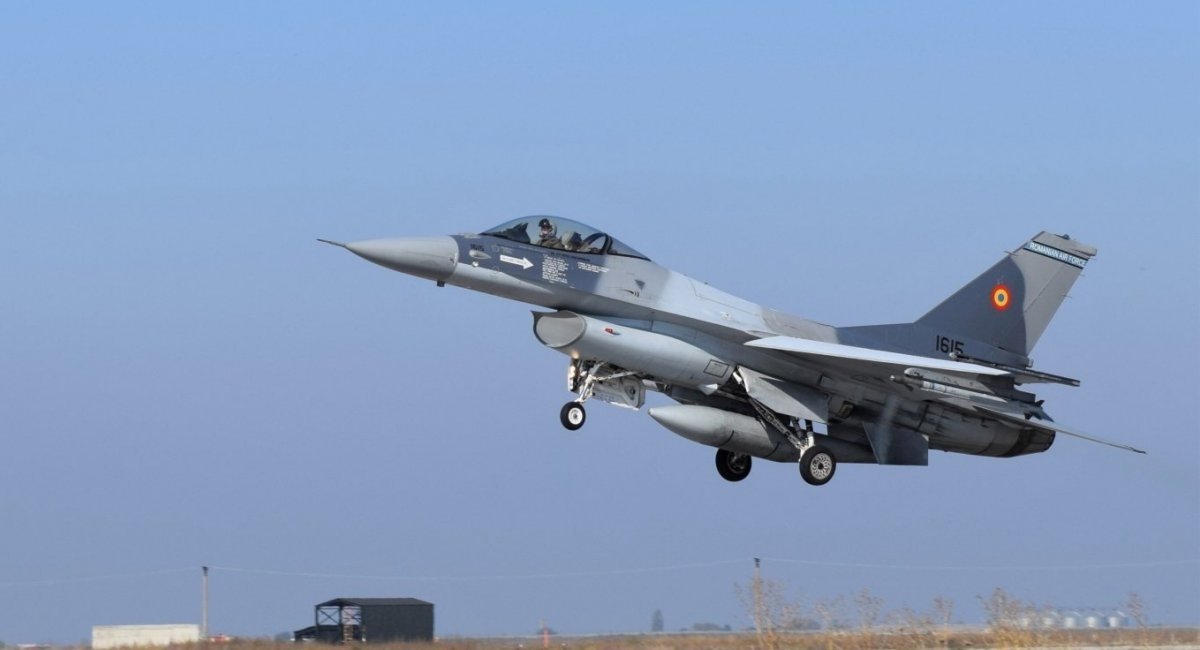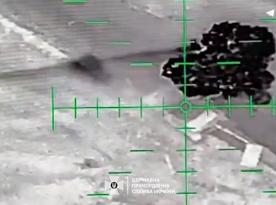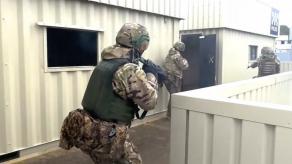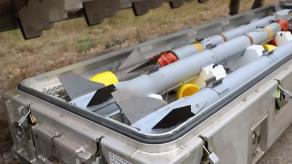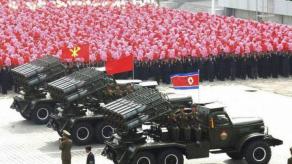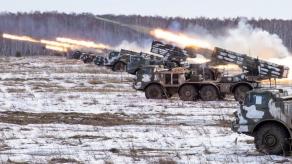A long-range strike drone of the Shahed type, which russia uses for terrorist attacks on Ukraine, was once again recorded in Romanian airspace. On the night of October 19, another drone entered the country's airspace, marking the second incident in the last 48 hours when a Shahed likely flew into Romania. The uniqueness of this case lies in the fact that the drones were flying from the Black Sea, not from Ukrainian airspace.
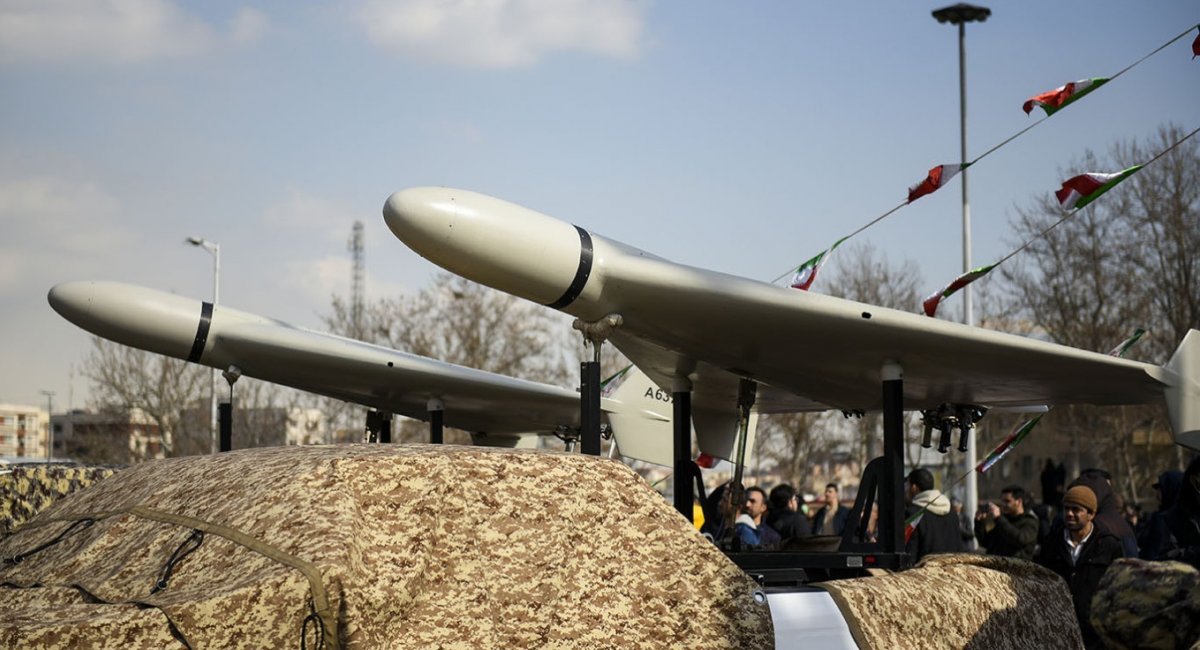
"This indicates a clear intention by russia to violate Romanian airspace," emphasizes the Defense Romania publication, providing a detailed account of the night's events. On the night of October 19, the Romanian military's radar system detected a small aerial target moving towards the country's border.
Read more: While Ukraine Repelled Another Blow, Romania Raised 2 F-16s Just to Monitor russian Drone That Invaded Country's Airspace
Ultimately, to monitor the situation, the decision was made to scramble four aircraft — two Romanian Air Force F-16s from the 86th Air Base and two Spanish Air Force F/A-18s from the 57th Air Base. Meanwhile, the detected target crossed Romania's border around 4 a.m., according to radar system data.
By approximately 4:30 a.m., the signal was lost, and about 40 minutes later, at 5:10 a.m., the air raid alert was canceled, with the planes returning to base. Notably, none of the fighter jets had visual contact with the target, despite the fact that four aircraft had been launched for monitoring.
This situation led some Romanian media outlets and public figures to speculate whether there was indeed a drone at all and whether the radar might have been tracking a false signal.
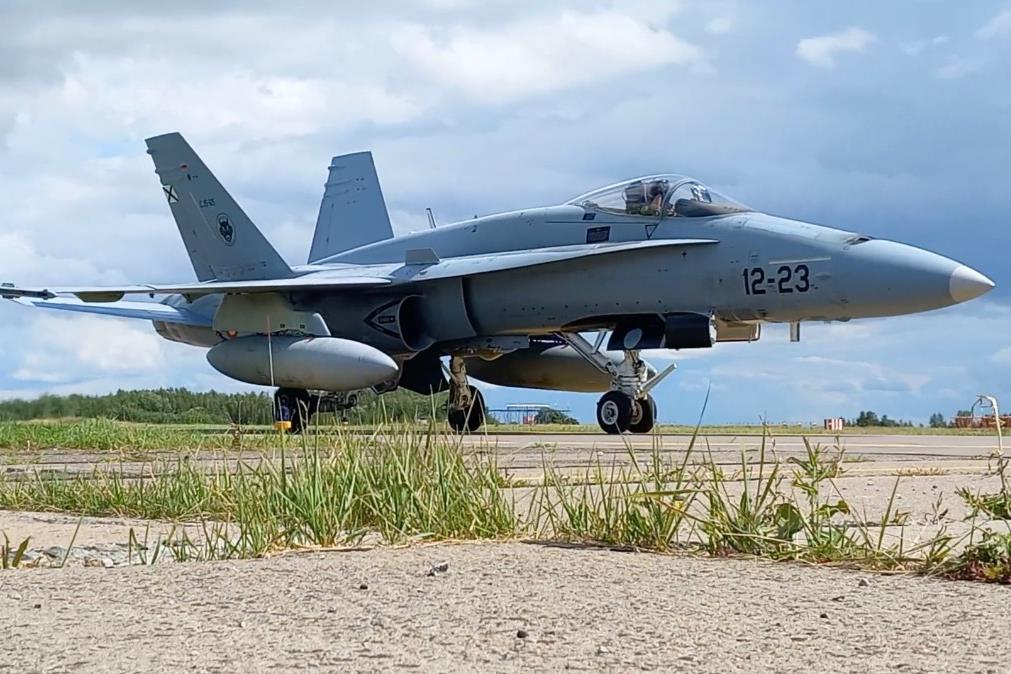
At the same time, the Romanian defense ministry's forces conduct operations to investigate the region where the hostile drone was detected since this morning. In any case, this episode serves as a compelling argument for NATO leadership to allow Alliance member countries to shoot down russian drones and missiles over their airspaces. However, in this case, the fighter pilots cannot establish visual contact with the target.
Earlier, Defense Express reported that the Poles rather strangely explained to the Romanians why their F-16s were not shoot down russian missiles and Shahed-type drones.
Read more: Romania Confirms russian Drone Entry into its Airspace, the F-16 Jets Have Been Dispatched




